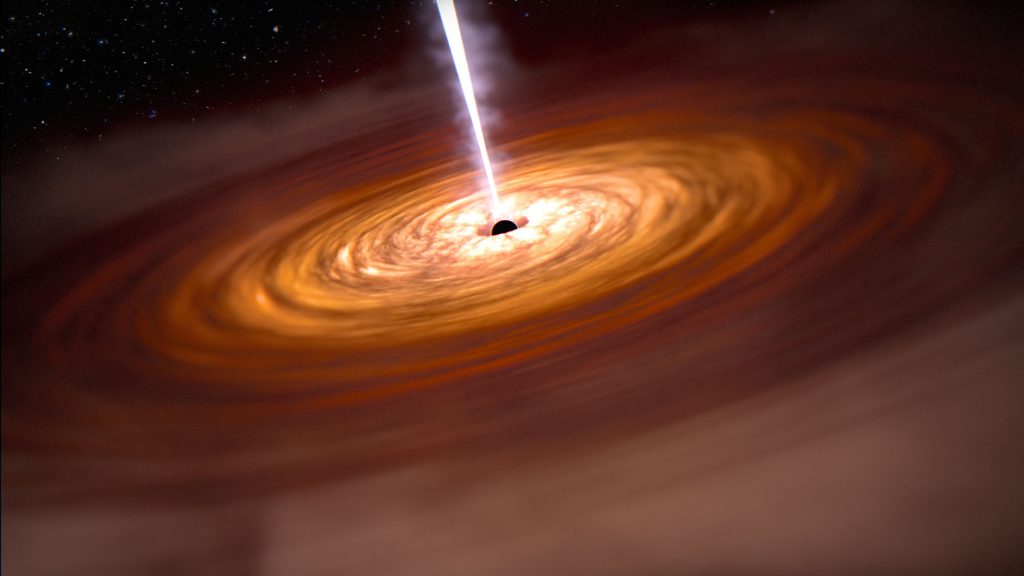Your cart is currently empty!

Understanding Black Holes: The Mysterious Giants of the Universe
Black holes are among the most fascinating and enigmatic phenomena in the cosmos. These regions of space exhibit gravitational pulls so intense that nothing, not even light, can escape once it crosses a boundary known as the event horizon. In this blog post, we will explore what black holes are, how they form, their types, and their significance in astrophysics.
What is a Black Hole?
A black hole is a point in space where the gravitational field is so strong that the escape velocity exceeds the speed of light. Since light cannot escape, black holes appear completely black, hence the name. The core of a black hole, called the singularity, is a point of infinite density where the known laws of physics break down.
Formation of Black Holes
Black holes typically form from the remnants of massive stars. When a star with a mass greater than about 20 times that of our Sun exhausts its nuclear fuel, its core collapses under gravity during a supernova explosion. If the core’s mass is sufficient, it compresses into a black hole.
There are also other theoretical ways black holes might form, such as from the collapse of dense regions in the early universe or through the merging of neutron stars.
Types of Black Holes
- Stellar Black Holes: These form from the gravitational collapse of massive stars and typically have masses ranging from about 3 to several tens of solar masses.
- Intermediate Black Holes: These have masses between 100 and 1,000 solar masses and are thought to form through the merging of smaller black holes or massive stars, though their existence is still being studied.
- Supermassive Black Holes: Found at the centers of most galaxies, including our Milky Way, these black holes have masses ranging from millions to billions of solar masses. Their formation mechanisms are less understood but may involve the merging of smaller black holes and accretion of mass over billions of years.
- Primordial Black Holes: Hypothetical black holes that may have formed shortly after the Big Bang due to high-density fluctuations.
Anatomy of a Black Hole
- Event Horizon: The boundary around a black hole beyond which nothing can return.
- Singularity: The infinitely dense core where all the black hole’s mass is concentrated.
- Accretion Disk: A swirling disk of gas and dust spiraling into the black hole, often emitting X-rays due to intense heating.
Effects and Importance
Black holes influence their surroundings profoundly. Their immense gravity affects nearby stars and gas clouds, sometimes triggering star formation or emitting powerful jets of particles. Studying black holes helps scientists understand gravity, quantum mechanics, and the overall dynamics of the universe.
Recent Discoveries and Observations
The Event Horizon Telescope collaboration released the first-ever image of a black hole’s event horizon in 2019, a milestone in astronomy. Additionally, gravitational waves detected from black hole mergers by observatories like LIGO have opened a new window into observing the cosmos.
Conclusion
Black holes remain one of the most intriguing subjects in modern astrophysics. As technology advances, we continue to uncover their secrets, shedding light on the fundamental workings of the universe. Whether stellar or supermassive, black holes challenge our understanding of physics and inspire curiosity about the cosmos’s deepest mysteries.

Leave a Reply